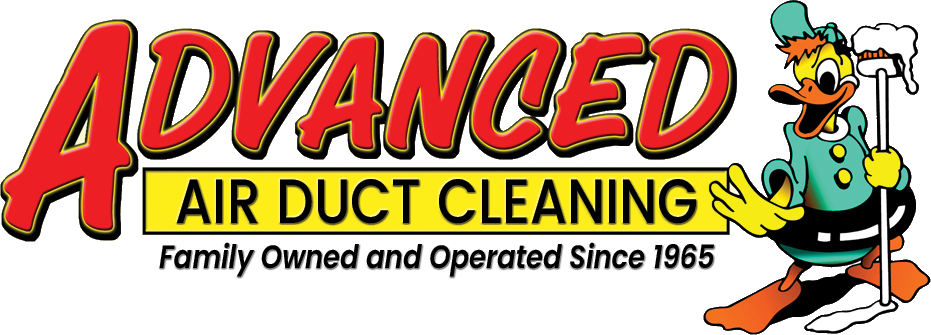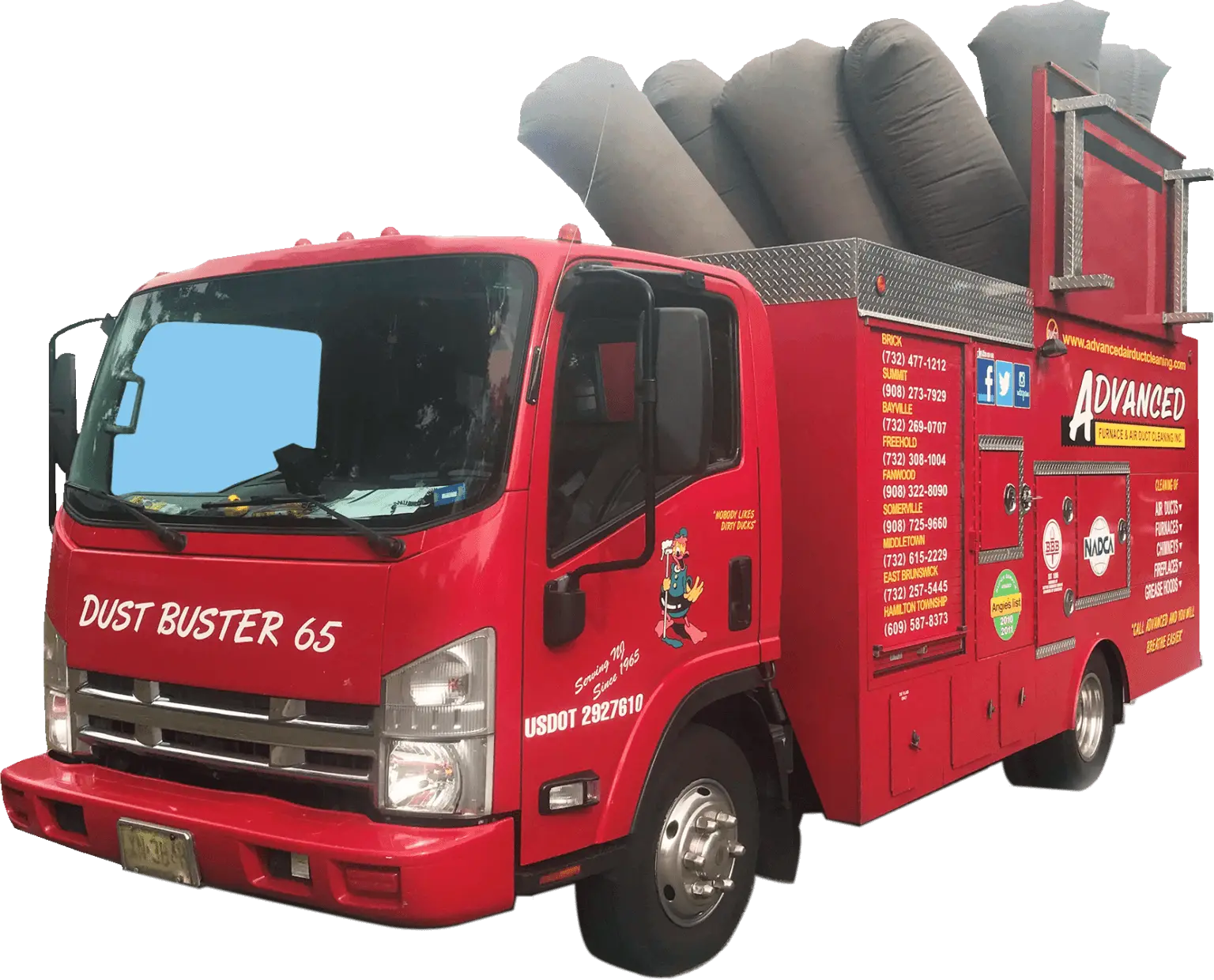
When you think of fire hazards in industrial facilities, your mind probably goes to open flames, faulty wiring, or chemical spills. But there’s another, often invisible, threat lurking in many workplaces: combustible dust.
What Is Combustible Dust?
Combustible dust refers to fine particles that can ignite and explode when suspended in air. These particles may come from common materials such as:
- Wood
- Metals (aluminum, magnesium)
- Food products (sugar, flour, grain)
- Plastics and rubber
- Pharmaceuticals
- Textiles
When finely ground and dispersed in the air, even materials that are not normally flammable in larger pieces can become explosive as dust.
Why Is It Dangerous?
The danger of combustible dust lies in its ability to ignite quickly and spread rapidly:
- Flash Fire or Explosion: When dust accumulates in ductwork, on surfaces, or inside collection systems, a small spark can trigger a chain reaction.
- Secondary Explosions: Initial blasts can disturb settled dust, creating a cloud that leads to larger, more destructive explosions.
- Invisible Threat: It only takes a thin layer—1/32 of an inch (about the thickness of a paperclip)—to pose a serious hazard over a wide area.
History has shown us the devastating results: grain elevator explosions, metalworking plant fires, and food processing plant incidents—all caused by combustible dust.
What Can Be Done to Reduce the Risk?
The key to preventing dust-related fires and explosions is proactive control and maintenance:
OSHA and NFPA recommend regular hazard analysis to determine if dust in your facility is combustible.
Regular cleaning of surfaces, ductwork, and dust collection systems prevents accumulation that fuels explosions.
Dust collection systems must be properly designed, inspected, and maintained to reduce airborne particles.
Minimize potential sparks by maintaining equipment, controlling static electricity, and monitoring heat sources.
Partnering with certified professionals ensures ductwork, exhaust systems, and collection units are free of dangerous buildup.
How Advanced Air Duct Cleaning Can Help
At Adanced Air Duct Cleaning, we specialize in the cleaning and maintenance of ductwork, dust collection systems, and exhaust systems for industrial facilities. Our services help:
- Eliminate combustible dust buildup
- Restore safe airflow and equipment efficiency
- Keep facilities compliant with NFPA and OSHA standards
- Protect workers, equipment, and productivity
Combustible dust is a serious but preventable hazard. With awareness, proper maintenance, and professional cleaning, facilities can dramatically reduce their risk of fire or explosion. Don’t wait until an inspection—or an incident—brings the issue to light. Contact Advanced Air Duct Cleaning today to schedule an assessment and take the first step toward a safer, compliant facility.

